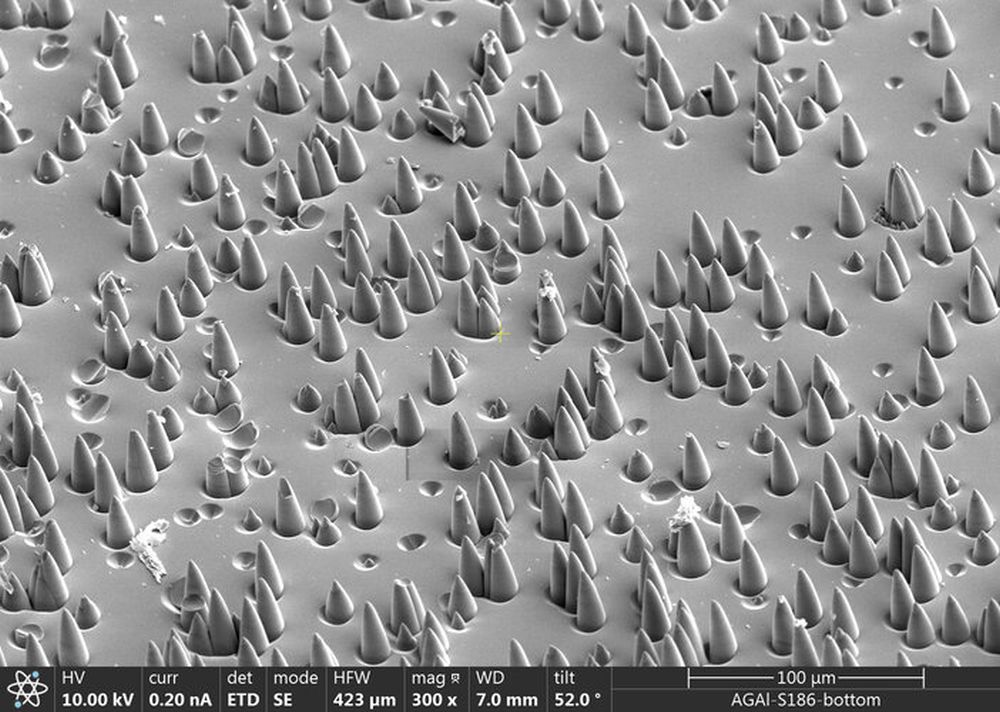Telling time in space is difficult, but it is absolutely critical for applications ranging from testing relativity to navigating down the road. Atomic clocks, such as those used on the Global Navigation Satellite System network, are accurate, but only up to a point. Moving to even more precise navigation tools would require even more accurate clocks. There are several solutions at various stages of technical development, and one from Germany’s DLR, COMPASSO, plans to prove quantum optical clocks in space as a potential successor.
Continue reading “Need to Accurately Measure Time in Space? Use a COMPASSO”This Alien Landscape is Actually a Microscopic View of an Atomic Clock

Navigation satellites couldn’t accomplish anything without extremely accurate clocks. But a regular clock won’t do. Only atomic clocks are accurate enough, and that’s because they tell time with electrons.
Those atomic clocks wear out over time, and that’s what the image shows.
Continue reading “This Alien Landscape is Actually a Microscopic View of an Atomic Clock”
